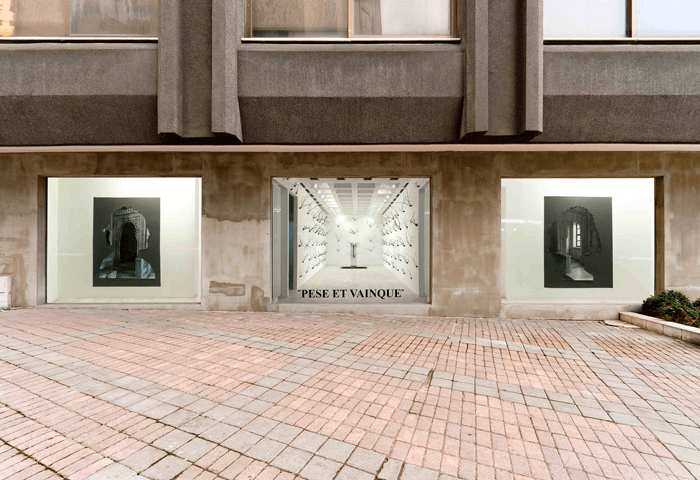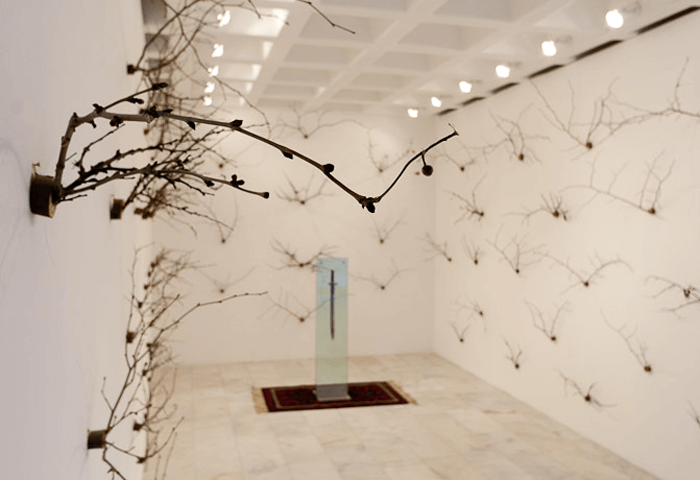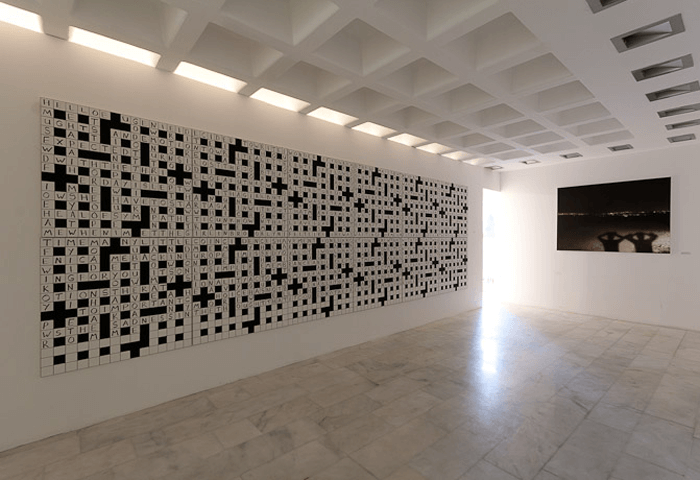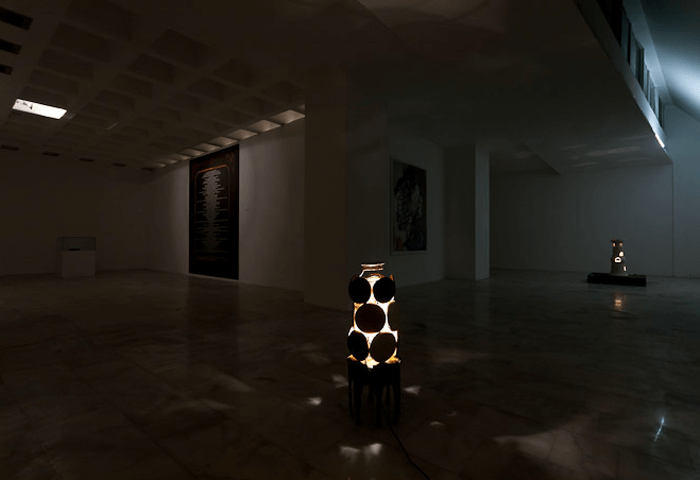Pese et Vainque
2011 / Istanbul
A QUASI-ARCHAEOLOGY OF LOVE
Text by Anna Engberg-Pedersen, 2011
Ferdinand de Lesseps: Oh, Eugénie, darling, I'm leaving for Egypt in an hour and forty-five minutes. Will you marry me?
Countess Eugénie de Montijo: What?
Ferdinand: I'm going there as secretary to the Consulate. Marry me, come with me. Rene's going for the license.
Eugénie: What license? What are you talking about?
Ferdinand: The marriage license! Quick, pack your things, we've just time to get to the church.
Eugénie: But I couldn't possibly do a thing like that, you know I couldn't...
From Suez, a 1938 Hollywood production starring Tyrone Power and Loretta Young as Ferdinand and Eugénie.
Eugénie de Montijo, a countess of Spanish origin, advances to the French throne in 1853 as the wife of Napoleon III, ruler of the Second French Empire and a reputed womanizer. In 1869, Empress Eugénie, European style icon, devout Catholic and conservative, travels to Suez to shed light on the inauguration of the Suez Chanel, a project initiated and led by the ardent entrepreneur Ferdinand de Lesseps, her long-time acquaintance and, so the film has it, former lover. Suez – possible setting for a revival of their impossible love.
Eugénie and Sultan Abdülaziz. Public figures, exposed in all directions, but sharing a love almost imperceptibly nestled within the love story. In 1869 Eugénie, on a courtesy call, meets Abdülaziz in Istanbul before continuing to Suez. An intimate letter may have changed hands. Words uttered. Upon her departure from Istanbul, the Sultan presents her with a costly sword or her husband Napoleon. The engraving runs: Pese et vainque. Pressurize and conquer. Pronounced in Turkish: pezevenk – son of a bitch. What language did he speak? What fires were kindled? The emotional backdrop remains obscure.
Dig below Hollywood glamour, decade-spanning love, power and European politics, repression and action. This is no excavation expedition, no standard archaeological dig. Take a trip to the inside where evidence and hard facts are substituted for soft allusions and traces, remnants deftly reorganised to speak a different language, one steeped in memory. This is the Malgeri method. By extracting and recovering the artist composes. He excavates objects, characters, sentiments, words, fragments of narratives, mundane or precious, old or new, from cultures and sites well-known or recently encountered, and welds them into suggestive atmospheres. He tinkers on the light framework of a story of Occident (Anphora) and Orient (Oriental Tower), of a Sultan and an Empress, of public appearance and half-disclosed passion, of seeming and being, of the city of encounters, constantly in transformation around the waters of the Bosphorus. Istanbul – a cacophony of voices and ways and cultures and exchanges, alluring to the foreign visitor.
For Luca Malgeri the past is never simply past. He reassembles it to speak to you in a voice you may not fully identify, one that is unnerving yet familiar and intimate. Like when love is involved. What really happened? Who cares! This is no whodunit. A story takes shape as you move from one trace to the next. It is not so much about a man and a woman as about that shared moment, charged with meaning, however fleeting. Reality is with you.



